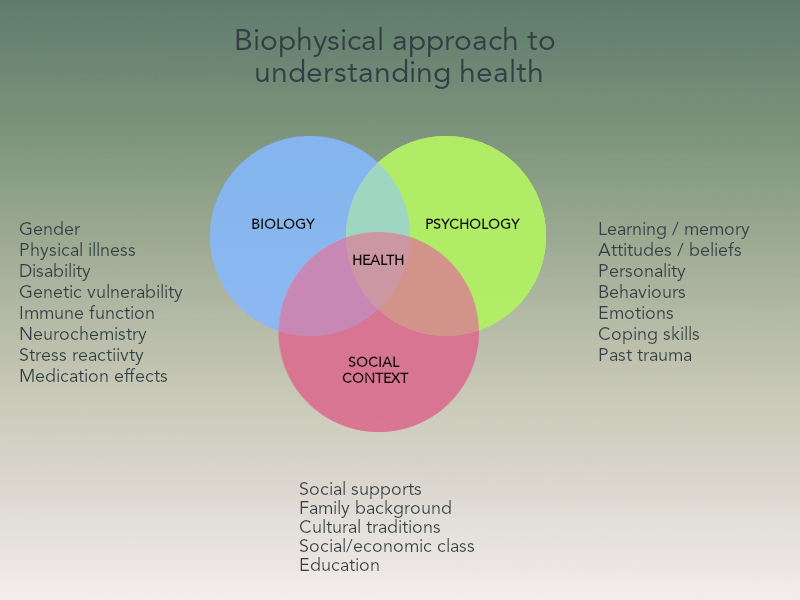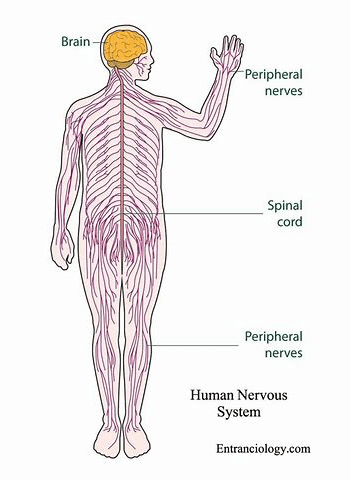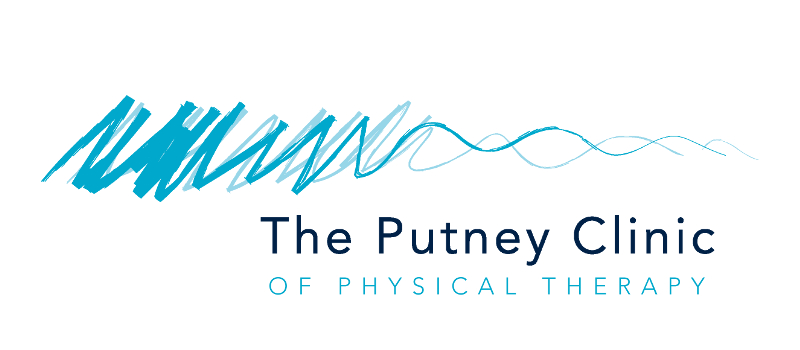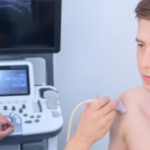In the 17th century, René Descartes, French scientist and philosopher, revolutionised the understanding of pain. He postulated that injured tissue in the body sent pain signals via the nerves to the brain. The brain then translated this message and we become conscious of pain. Although this concept survived for nearly 300 years, modern pain research over the last 50 years has shown this to be incorrect. So, what is the truth about pain?
Modern pain research (including functional MRI scans and other diagnostic techniques) involves a more holistic approach based on the Biopsychosocial model conceived by American doctor and psychiatrist, George Engel. This sees pain as an experience from the interaction of biology (biochemistry, genetics), psychology (personality, mood, behaviour) and sociology (family, culture, socio-economics).
What is pain?
Pain is an unpleasant sensory and emotional experience that is personal and influenced to varying degrees by biological, psychological and social factors.

Looking at the diagram above, the ideal place to be is at the intersection of the three circles. This is where we cope with all the internal and external factors in our lives, are pain-free and live a life with optimal health. Of course, for the majority of people, maintaining this balance is challenging.
What we now understand is that pain is a protector. Pain is a decision made by the brain (the majority of which is outside of our conscious control) to inform our conscious mind that we are in danger.
The truth about pain: physiology
 Our complex nervous system, consisting of millions of nerves that connect to the brain via the spinal cord, has specialised receptors that are activated by noxious stimuli, such as mechanical (compression, cutting, piercing), thermal (hot and cold) and chemical (stings, lactic acid) changes.
Our complex nervous system, consisting of millions of nerves that connect to the brain via the spinal cord, has specialised receptors that are activated by noxious stimuli, such as mechanical (compression, cutting, piercing), thermal (hot and cold) and chemical (stings, lactic acid) changes.
A vast number of these nerve receptors are in our skin, muscles, organs, joints and other body parts exposed to sensory stimuli, such as pressure, temperature and vibration.
These special nerve sensors are backed up by vision, hearing, smell and taste, which further inform the brain regarding the level of danger.
If you cut your finger on a knife, the receptors (mechanical: compression and cutting) send an electrochemical impulse (approximately 1 volt less than a mobile phone) along nerves to your spinal cord and into the brain.
What happens next is very complex. The incoming nerve signals, combined with visual signals (seeing the cut skin and bleeding), interact with the emotional (brain areas involved with anxiety and stress) and cognitive regions of the brain (thoughts, memories, beliefs and expectations). This activates an individualised network of neurons which creates a perception of pain. This is termed a “neurosignature” and is unique for each person’s experience of pain. Therefore, there is no single pain centre in the brain.
The truth about pain: emotional and social factors
An example of how the emotional and social input affects pain can be seen in situations of extreme danger. In 1944, Henry Beecher, a young medical officer at the time (who later went on to become one of the top pain consultants in the USA) was treating wounded American troops in Italy. He reported that 70% of the severely injured didn’t experience pain in the short-term.
This is because the emotional and social experience of leaving the battlefield to a place of safety (field hospital), resulted in the brain flooding the body with natural opiates (painkillers) and hormones that blocked the perception of pain. In other words, the brain detected that the soldier was out of danger. A less dramatic example is how a good book can often lessen a toothache.
The truth about pain: what are the different categories of pain
There are three categories of pain: nociceptive, neuropathic and nociplastic.
The first type of pain is Nociceptive, which responds to an injury or inflammation. The second type is Neuropathic pain, which is caused by damage to sensory nerves. Both of these types of pain are created in the brain as a defence mechanism against further injury. The brain assesses signals from the damaged part of the body and transmits instructions back to the site of injury that generate an appropriate level of pain and repair.
The third type of pain is Nociplastic, which is when the system goes wrong. This is called central sensitisation. The brain’s pain centres become hypervigilant and respond disproportionately to minor injuries or inflammation, converting them into excruciating pain. This can be a bottom up process (initial injury with pain in excess of 3 months), or a top down, where there is no obvious trigger. The latter being associated with fibromyalgia, chronic fatigue, irritable bowel syndrome and chronic headaches.
Nociplastic pain, known as persistent pain is difficult to treat with medication and is often managed using antidepressants, which tend to provide short-term relief. However, the UK`s National Institute for Health and Care Excellence (NICE), now recommends non-pharmacological interventions. These include cognitive behavioural therapy and mindfulness meditation, acupuncture, physical therapy (physiotherapy and osteopathic treatment), therapeutic massage, nutrition and rehabilitation exercises.
Treating pain at the Putney Clinic
At the Putney Clinic of Physical Therapy, we provide a biopsychosocial approach to healthcare (as recommended by NICE) to help you recover from both acute and persistent pain.
Our team of experienced physiotherapists (Barry Walsh, Fran Schmidt-Dengler and Jane Hewitt) and osteopaths (Clive Lathey, Adrian Dilworth and Jamie Isherwood) will not only help relieve your physical pain, but will provide you with bespoke exercise programmes, helping to maintain your physical health. Massage therapists Tobias Kearns and Dominika Laczkowska will help ease muscle tension and pain, and keep you mobile.
Pilates and Yoga classes at the Clinic are in conjunction with our colleagues at Yoga Mama Wellness. Headed by Cherie Lathey, the team of experienced team of teachers are dedicated to keeping you fit and healthy. Cognitive behavioural therapist and hypnotherapist, Fiona Worthington; dietitian, Linia Patel; sports and performance psychologist, Caroline Marlow; and acupuncturist, Simon Cheung are also part of our experienced team. They are dedicated to helping you maintain optimal physical and mental health and a pain-free life.
Booking an appointment
If you are experiencing pain and need to make an appointment, call our reception team on 020 8789 3881 and they will direct you to the correct practitioner. To consult our Yoga and Pilates class timetable, click here.
Article by Clive Lathey D.O MSc (Sports Medicine), Registered Osteopath & Sports Injury Specialist
ADDITIONAL RESOURCES
- The Painful Truth, by Dr Monty Lyman
- The Meaning of Pain, by Nick Potter
- Pain, New Scientist (November 2022)







